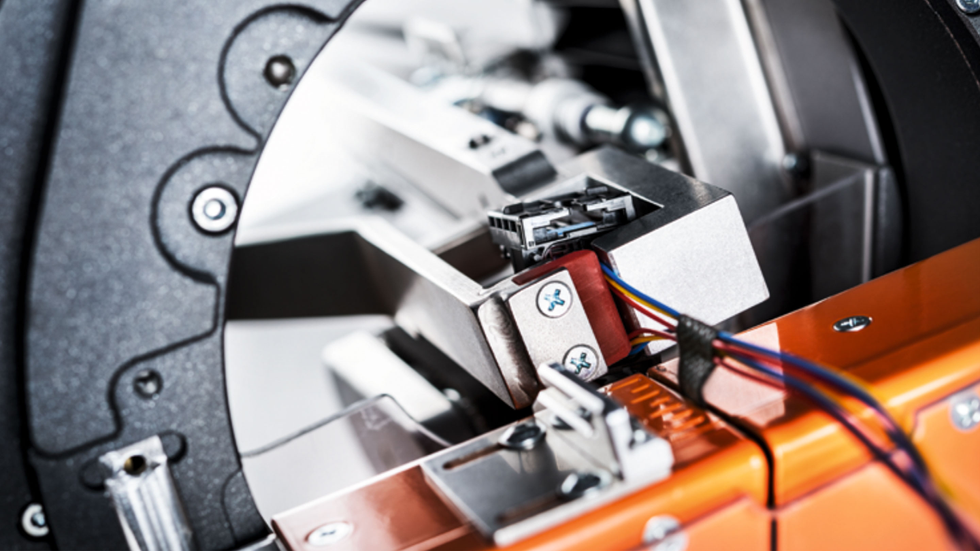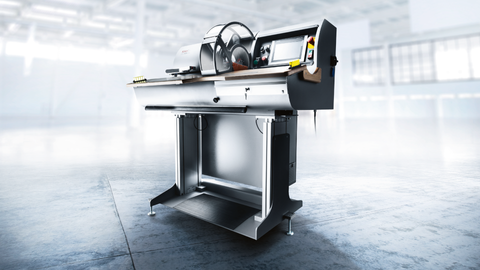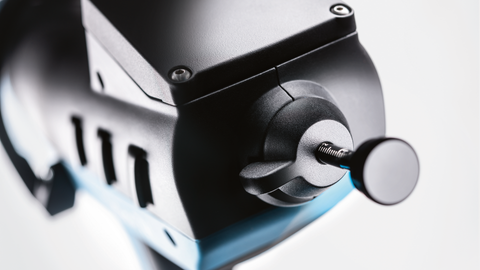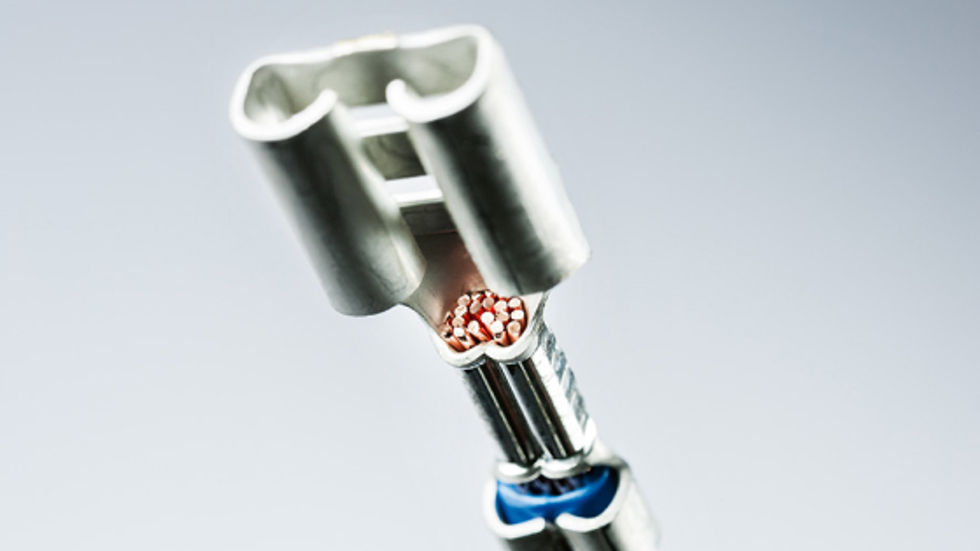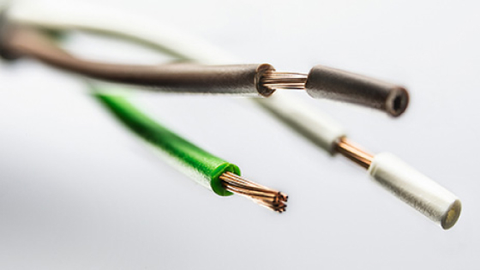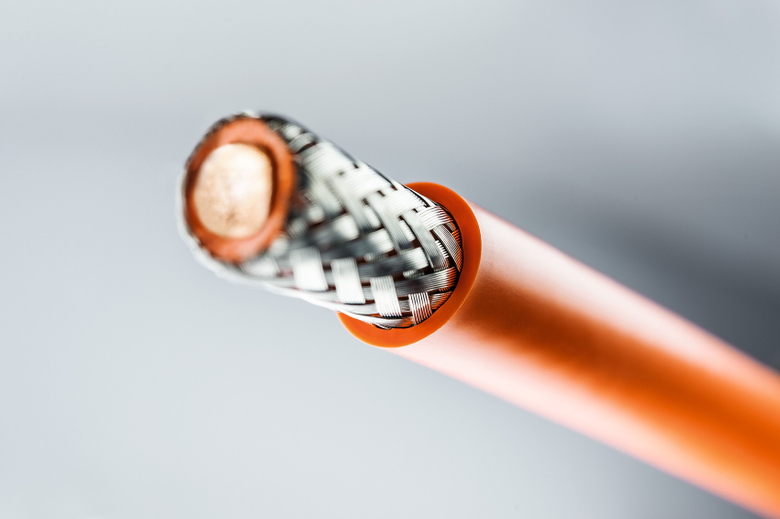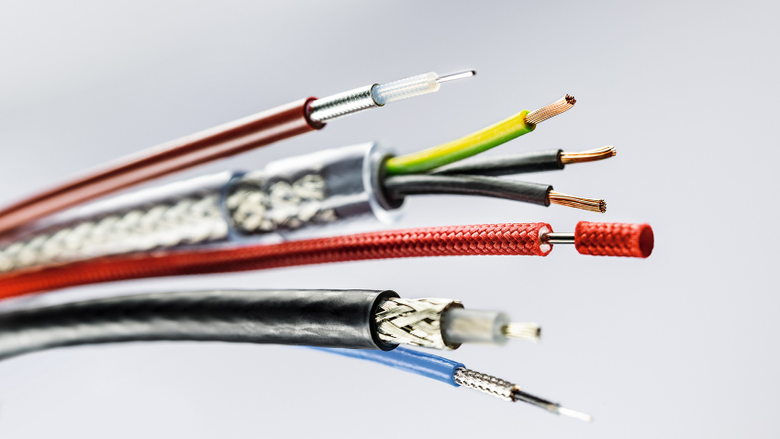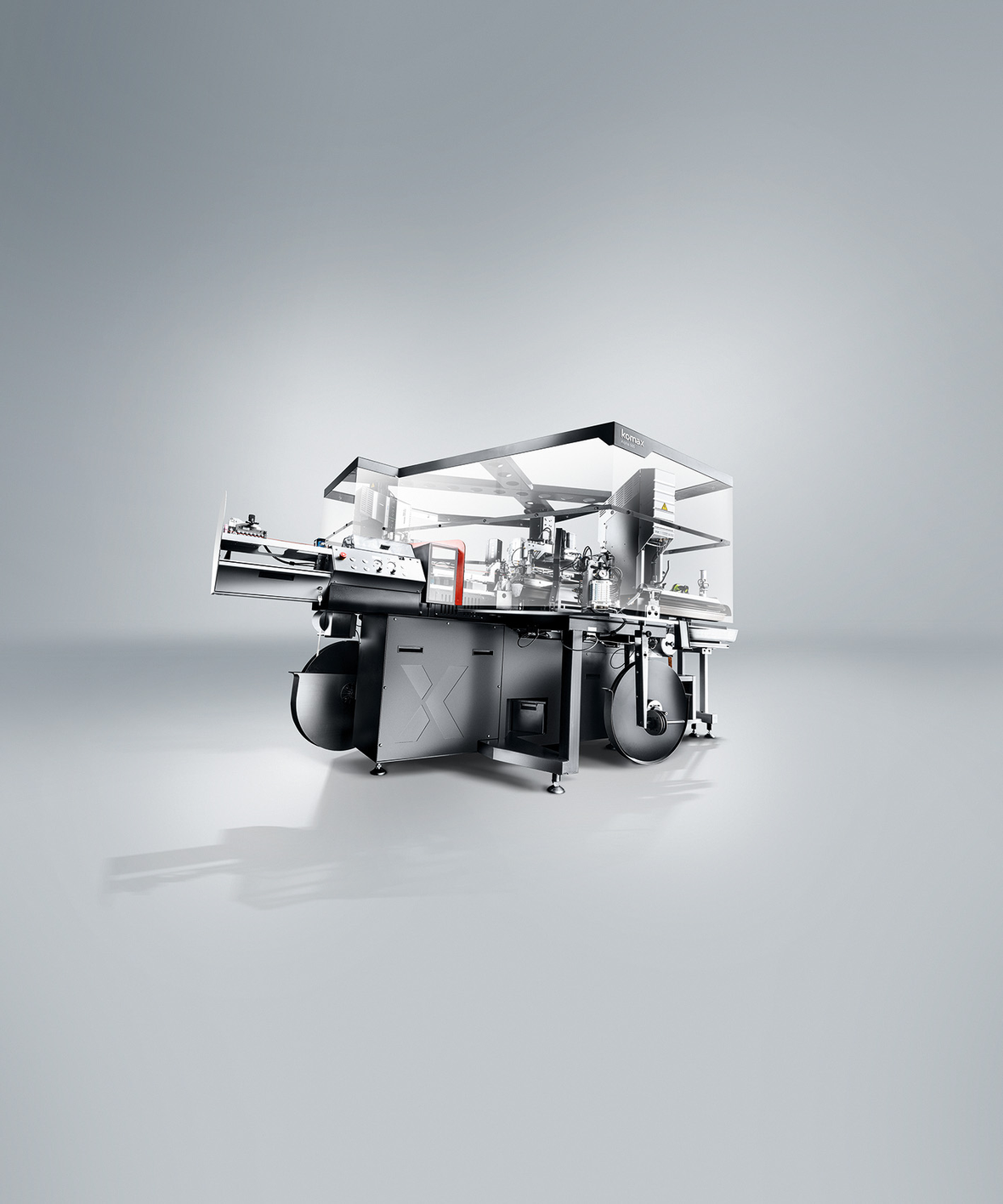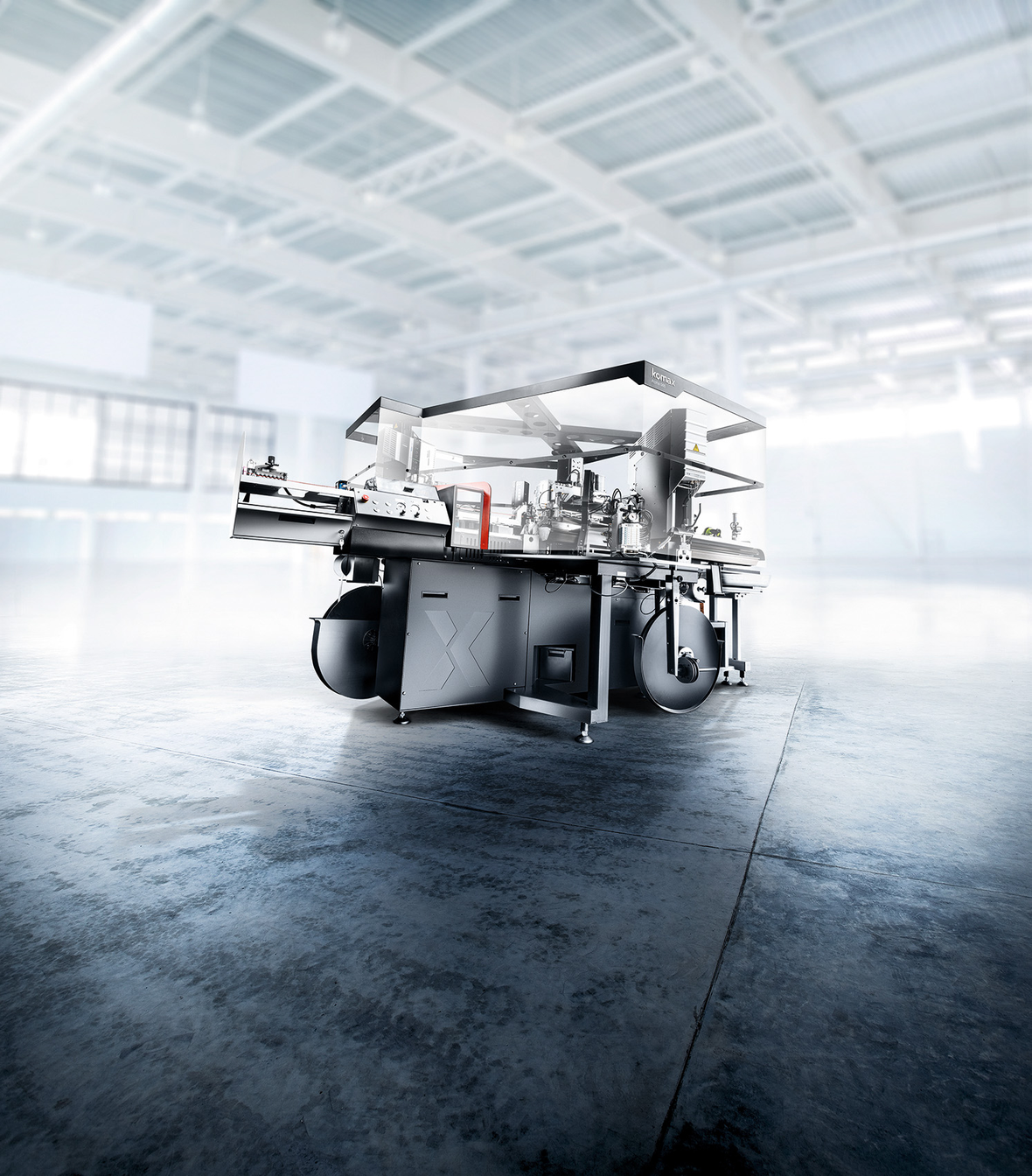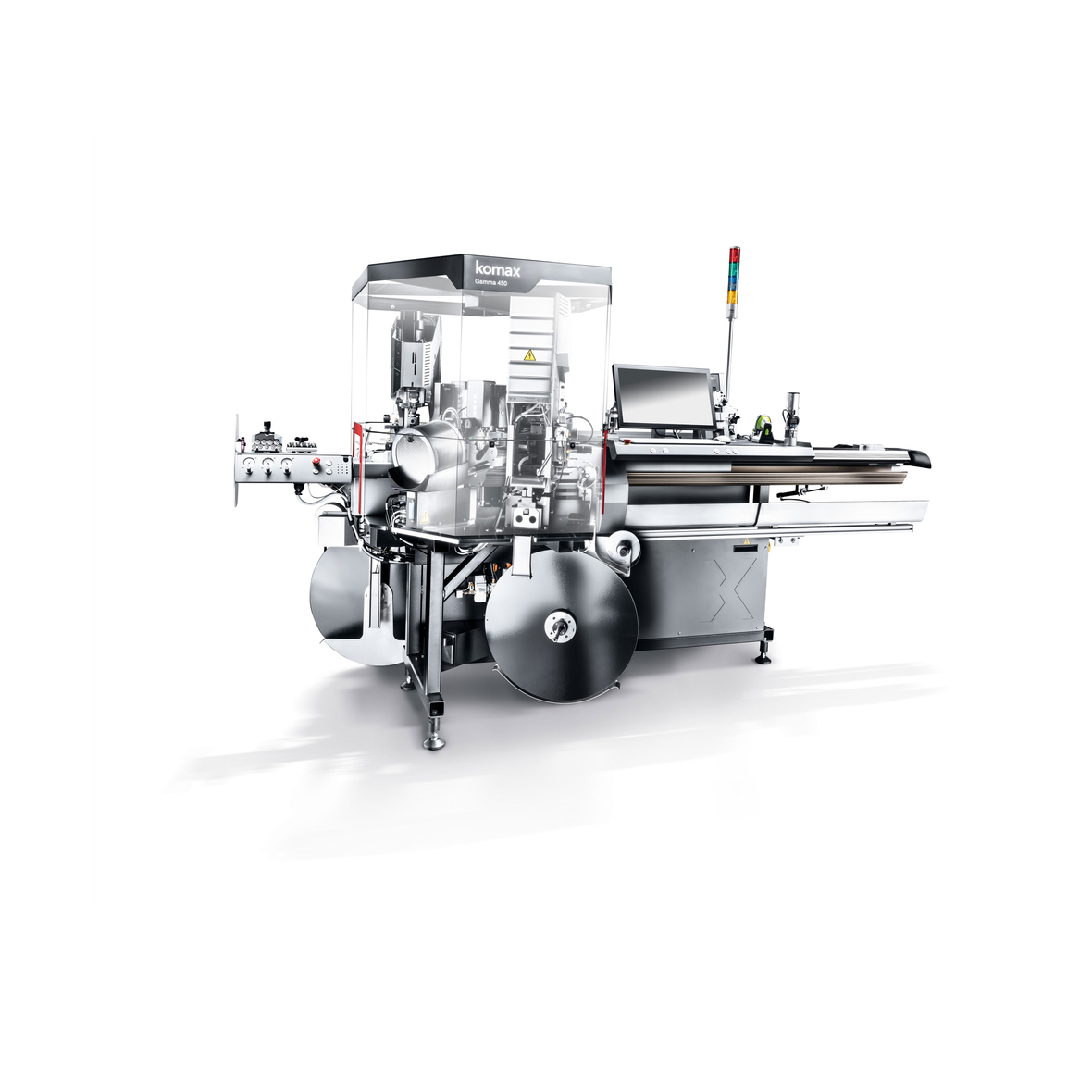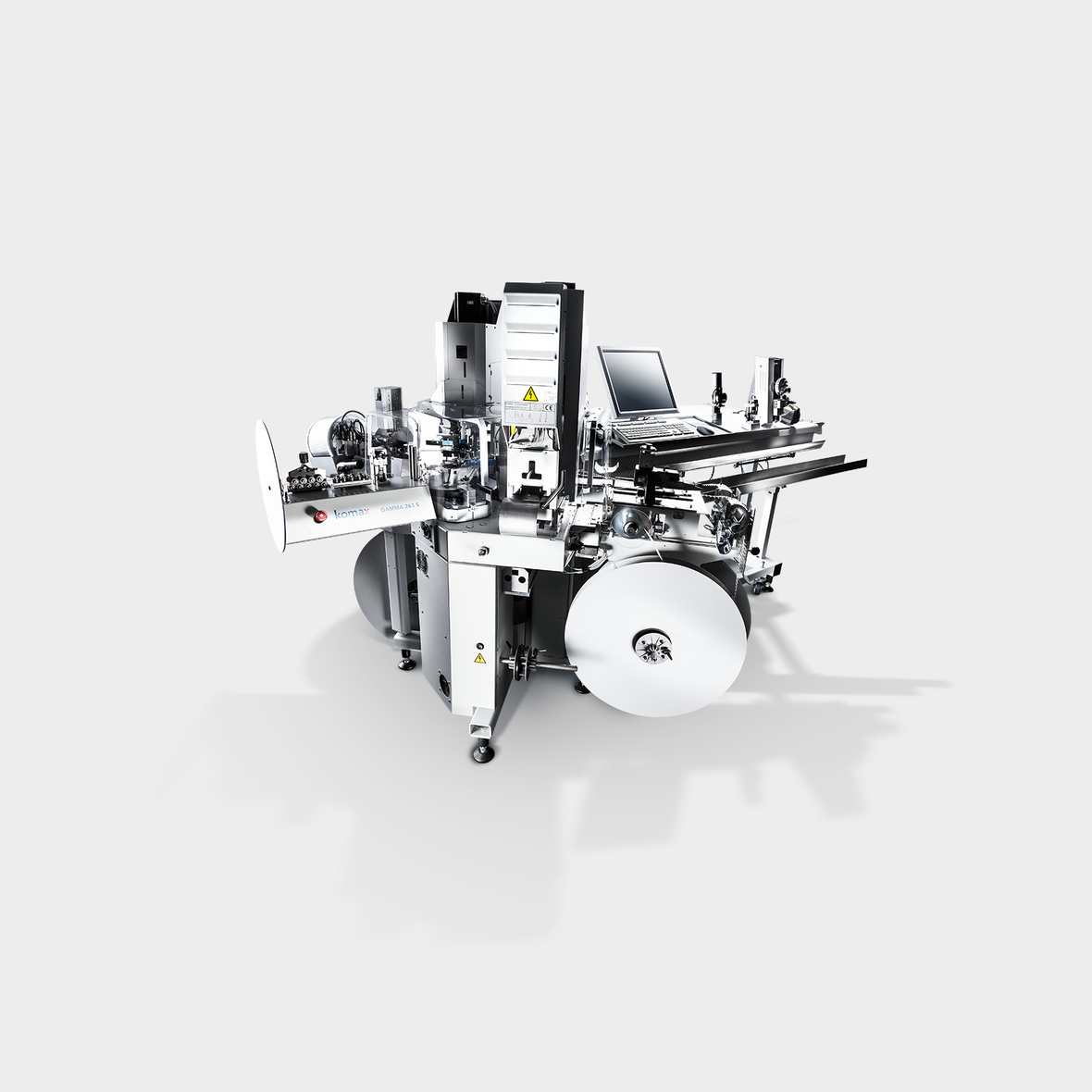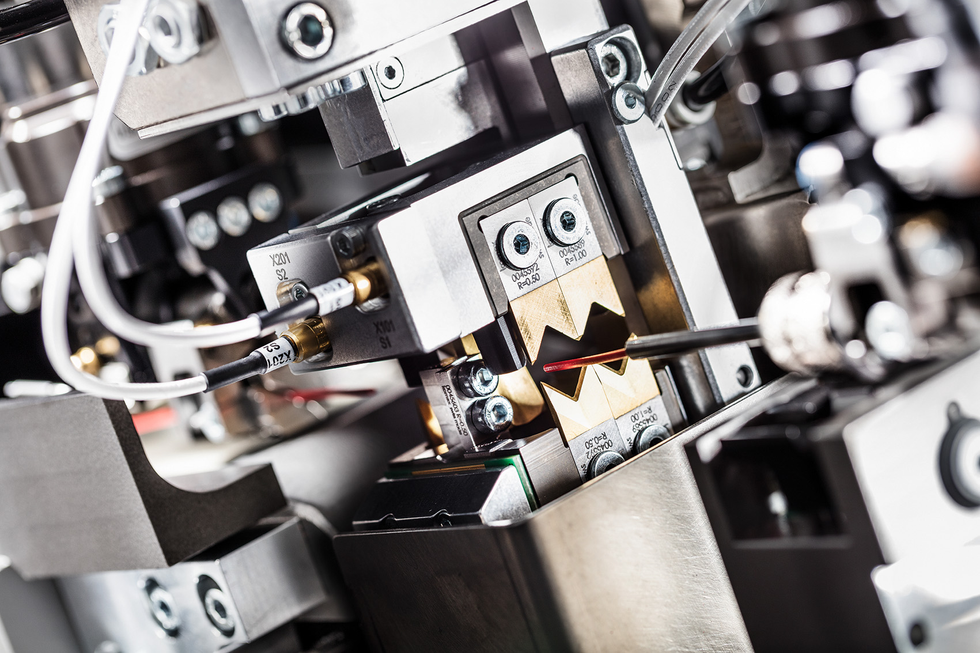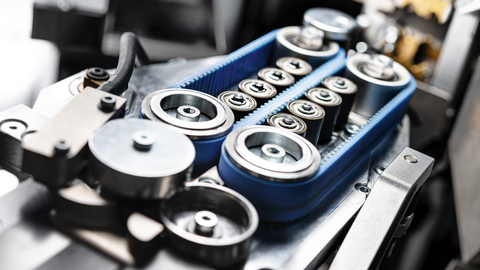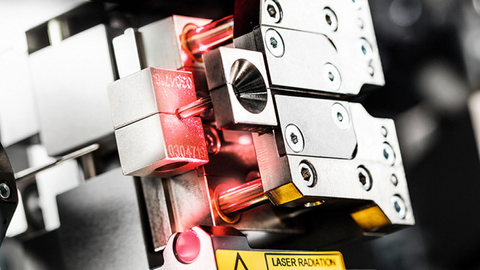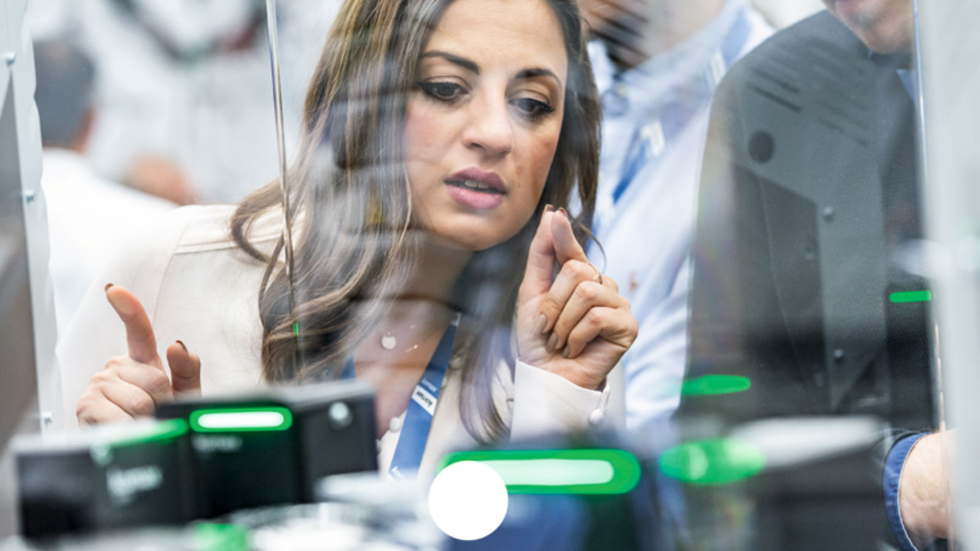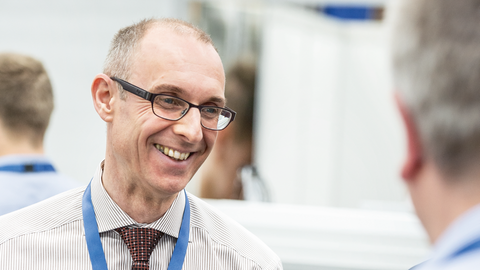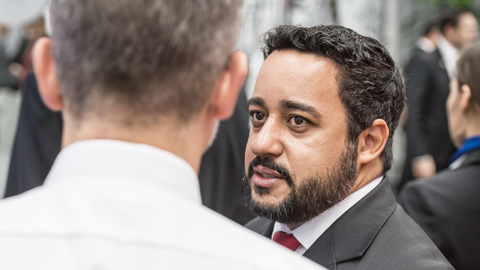Photography
Photography is a key element of our visual identity which communicates our values efficiently. While acting confidently as the market leader, the Komax brand stands for precision and diligence and is seen as a pioneer. The choice of imagery is representative of our values.
A number of stylistic treatments help to define and reinforce our visual identity.
- Low-angle shotsObjects are staged and shot from a low angle, which puts them at the center of the image. A spacious environment is created which represents openness and unlimited opportunities.
- MoodThe Komax business is of a highly technical nature. The product photography matches this context and is predominantly treated with cool temperature filters. Blue is the main color.
- ContrastLight stands for innovation. Photography representing the Komax brand shows a high level of contrast, thereby reinforcing the overall visual language.
Wire images show the precision and high level of quality achieved by the machines manufactured by Komax. They are aesthetic and decorative and can be implemented in lieu of topical images or as mood setters. Wire photography adheres to the core style elements of color, mood and contrast and also makes use of the stylistic features followed below.
- Depth of fieldOnly the segment which is treated by a machine of Komax is in focus; the rest is blurred.
- FloatingCables are photographed free-floating and may be rotated as appropriate.
- BackgroundThe gray background is blurred.
These product images are representative of the high technical competence for which the Komax brand stands and communicate directly to the consumer and future customers. All machines and products are staged and shown at their best. While the core style elements are respected, it is essential that the machines are positioned dynamically and spaciously. Pictures show the most captivating side of the equipment. Nonessential details such as display indications are covered up. All equipment photography is cut out to allow the machines to be placed on different types of backgrounds.
Product photography for cover pages
Shooting tips and image editing
The photos feature dramatic, high-contrast lighting. The pictures are composed of several individual images. The individual images are illuminated differently. Important details can be highlighted, while unimportant parts disappear in the shadow. The photos are taken with a tripod and put together as layers in Photoshop, so that the different machine parts can be combined to a harmonious overall picture.
Product photography for content pages
Shooting tips and image editing
Product images for brochure content pages are documentary and less staged than hero images. The contrast is lower. The machines are shot at the level of the worktop and show feature details and controls. Preformatted photos are provided for use in MS Office programs.
Detail photography adheres to the core style elements of color, mood and contrast and also makes use of stylistic features as follows.
- Depth of fieldThe depth of field is shallow, thus focusing on the main area of the image. It appears smoother, and nonessential details are blurred out.
- Camera angleThis type of imagery is shot at a slight angle, thereby increasing the dynamic of the shot.
- CompositionActual people are shown in their working environment, interacting with each other. The focus is on emotional faces. The role of the camera is that of a passive onlooker, and people are not supposed to directly face the camera.
- Camera anglePortraits and general people shots are taken roughly at the level of a person’s mouth. The focus lies on the eyes.
- LightingNatural lighting is preferred over flash photography. The background is blurred through the use of open aperture, resulting in a positive and light appeal of the image.
- DiversityWe show real people interacting with each other in their working environment. The models or actors should differ in age, gender and ethnicity. We always communicate at eye level with each other. It is important to ensure a balanced representation of women and men.
- Depth of fieldA telephoto lens (105 mm or greater) is used for shots of people, and the depth of field is shallow (f/4).
- Picture treatmentPortrait and people shots have a natural appearance but match the technical environment. A cool temperature filter is applied, and the image is desaturated slightly while ensuring that the skin tones retain their original color.
